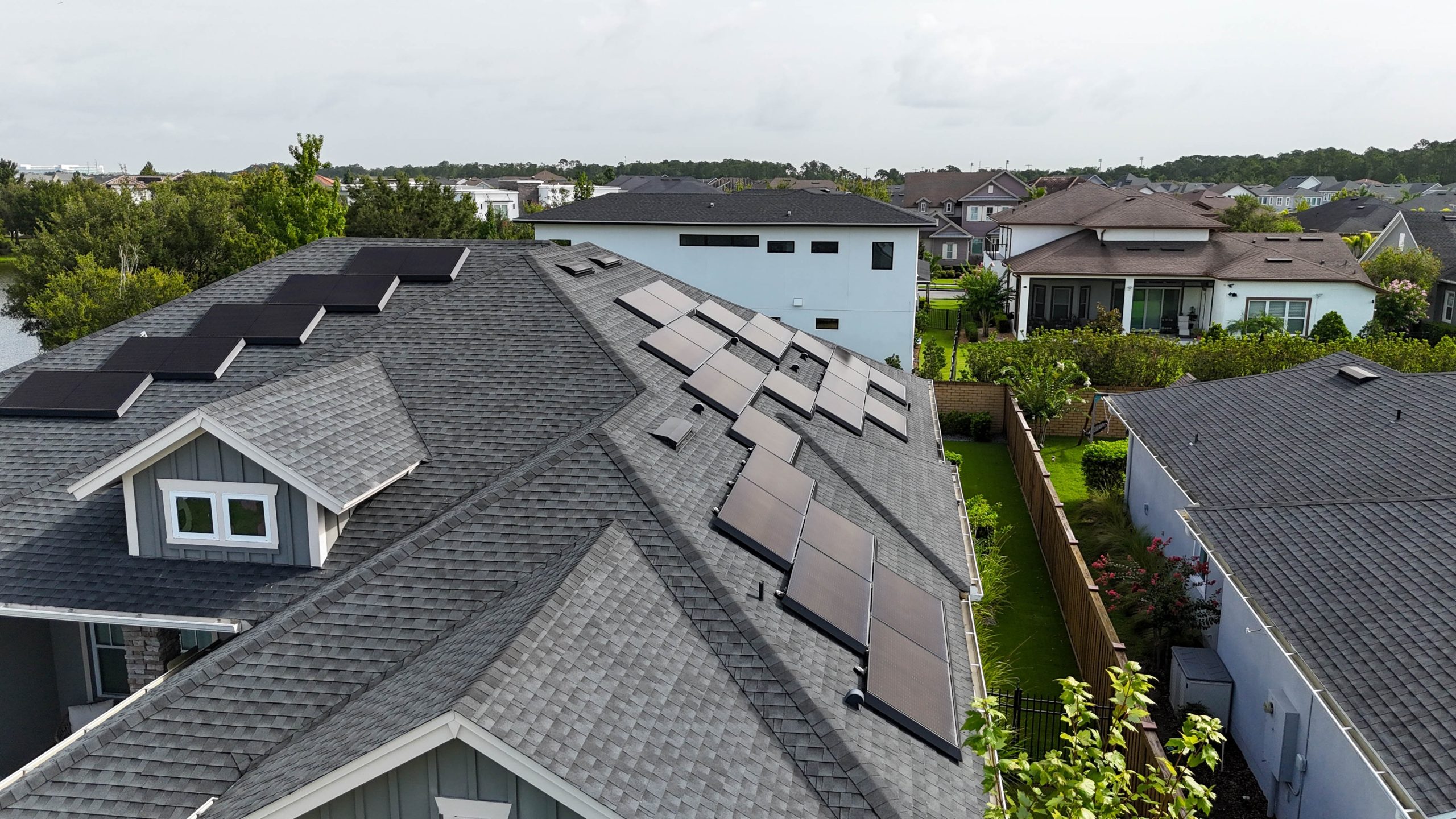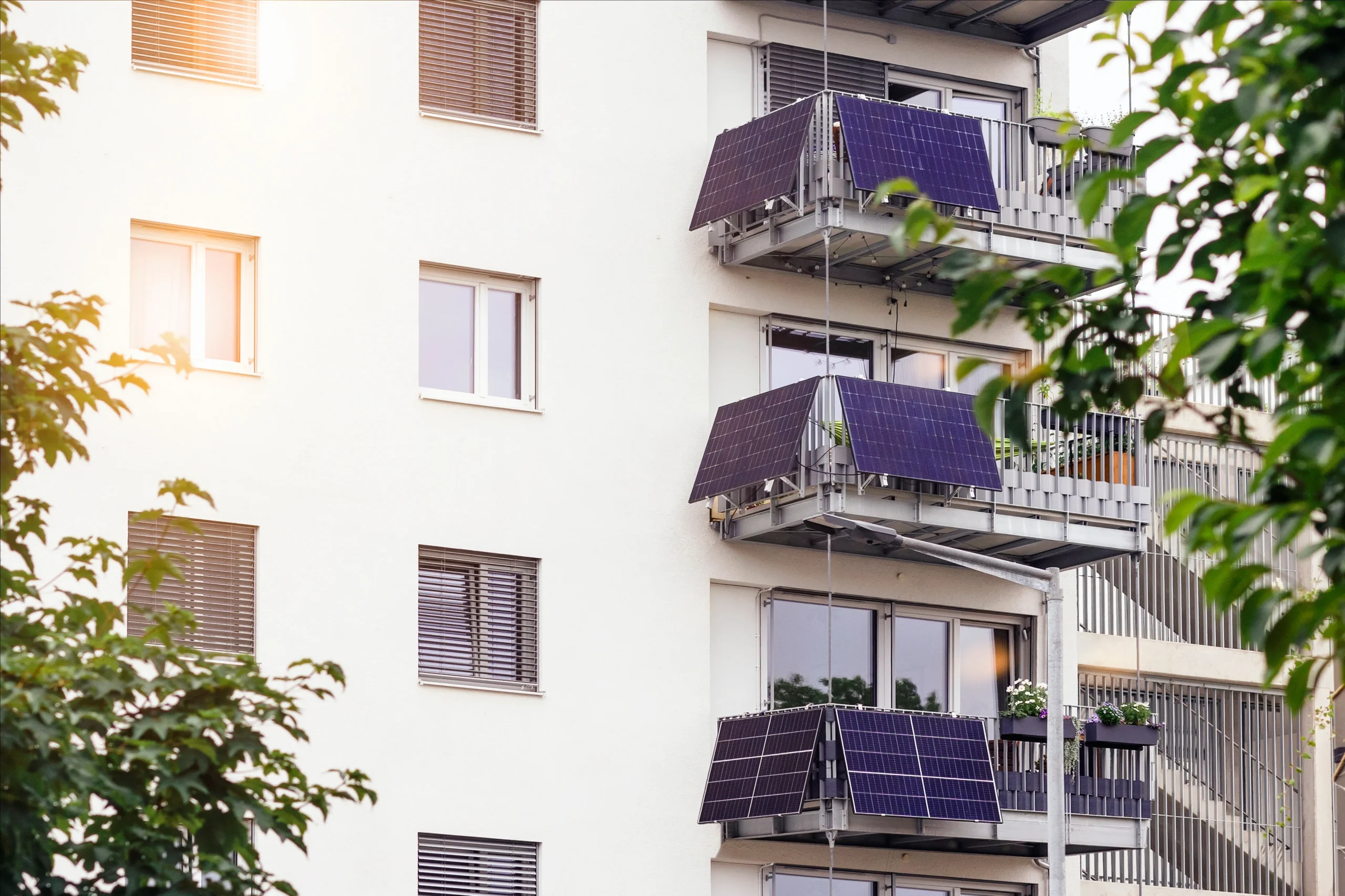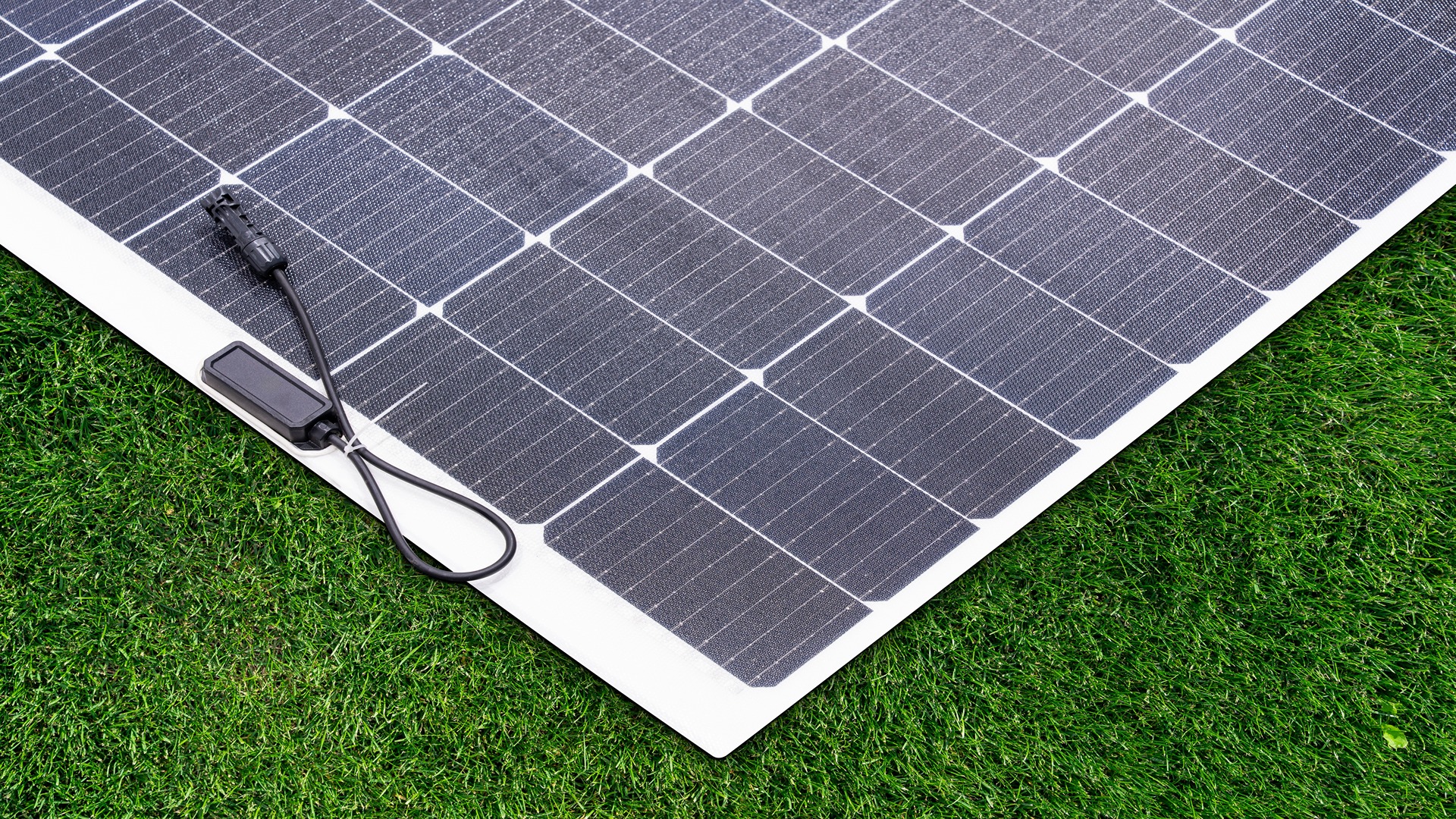Step-by-Step Guide to Solar Panel Installation Process in Chicago
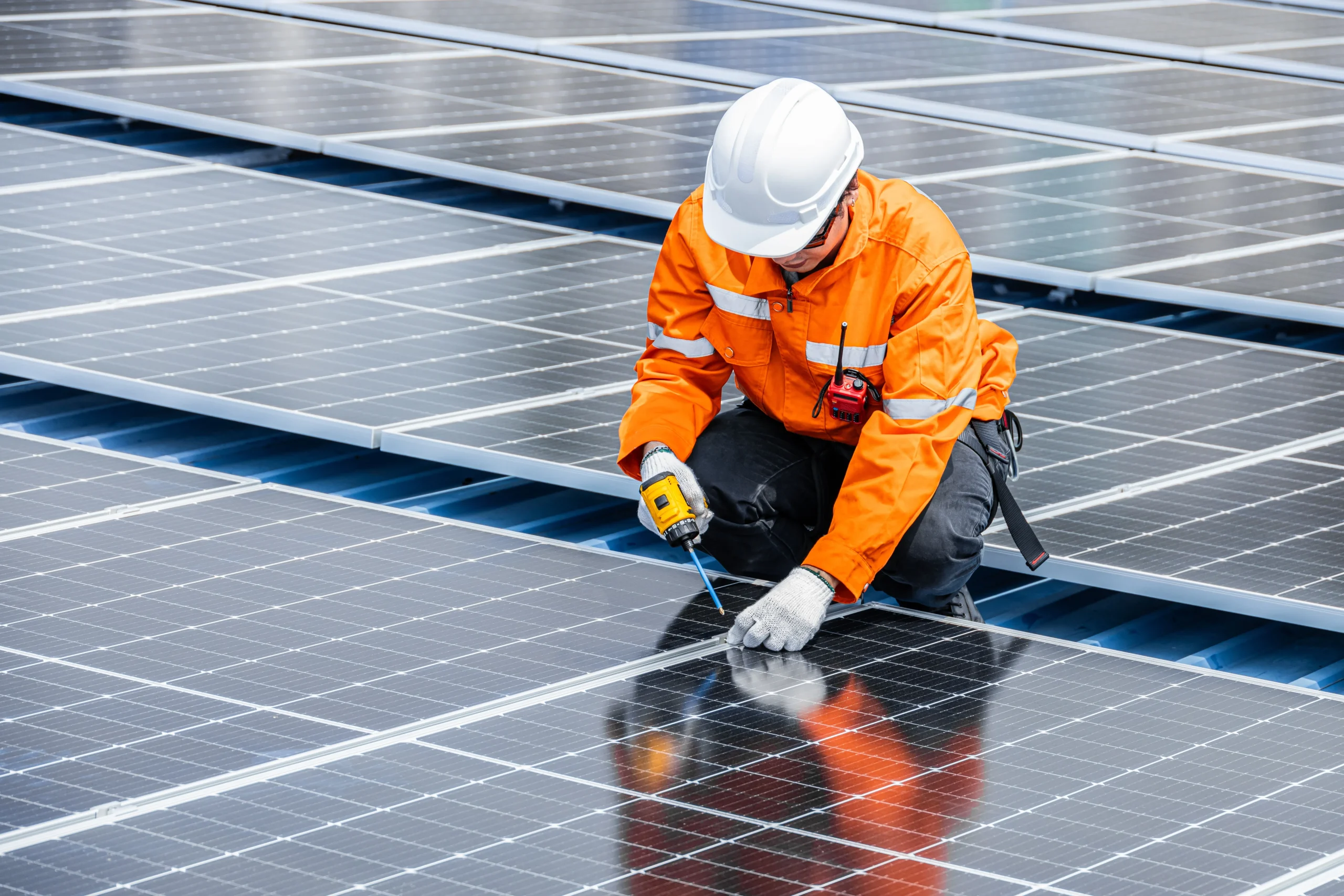
Going solar is a fantastic way to reduce your carbon footprint, lower your power bills, and enjoy the satisfaction of generating clean power. According to Statista research, the solar power capacity installed across the U.S. residential sector went from roughly 625 megawatts in 2010 to over 29.3 gigawatts in 2022, and those numbers continue to grow.
But if you’re new to solar, the installation process might seem daunting. We understand it and want to provide you with this comprehensive guide that answers all your questions. Read on to learn all the specifics of solar power panel installation in Chicago.
Site Assessment and Solar Consultation
The initial step of the solar panel installation process in Chicago is to invite a solar expert. They will lay the groundwork for the entire project. First, a solar team visits your property to evaluate its eligibility. They’ll focus on several critical areas of PV panel installation:
- Roof assessment: Experts will evaluate the roof’s orientation, pitch, potential shading, and overall condition.
- Property layout: The solar team will examine the Sun’s potential exposure in your area and available space on the roof and backyard.
- Electrical panel inspection: Experts will evaluate an existing electric panel to determine whether it fits you after installing solar panels. If not, the solar team will help you pick a suitable new electrical panel.
After the initial assessment, installers will provide you with a consultation. Here, they will give you info that you need to know about solar panels and installation, such as:
| Average energy consumption | The professional will analyze your power bills to understand your current energy usage patterns. |
| System sizing | Based on your needs, the solar expert will calculate desirable solar system parameters. |
| Financial analysis | You’ll discuss your budget, available incentives, and potential financing options for your solar panels in Chicago. |
| System сomponents | The solar professional will explain the different types of solar panels, inverters, and other components, helping you understand the options and their impact on performance and cost. |
| Permits and regulations | You’ll receive information about the permitting process and local regulations affecting your solar project. |
| Maintenance and warranties | The solar company will outline typical maintenance requirements after installing solar panels. |
By the end of the site assessment and consultation, you should clearly understand the solar cell installation potential for your particular situation.
Ready to explore the possibilities of solar power for your home? Don’t waste another second—get your free solar quote right away!
Design and Engineering
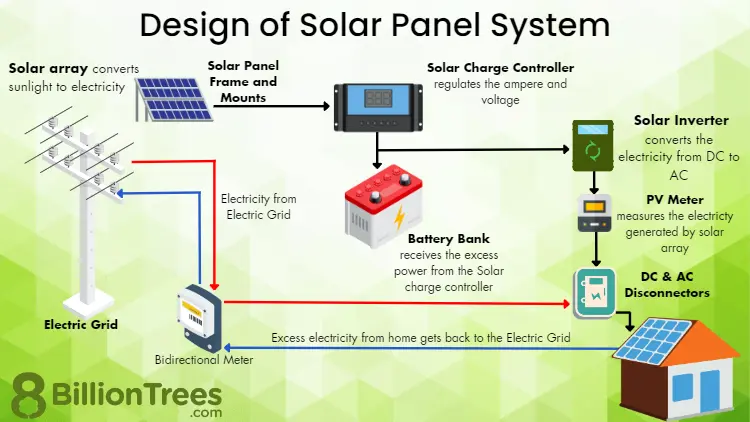
During this step, your dream of generating green energy becomes more tangible. You can see future solar module installation visualizations on an expert’s computer. Here are more details about this process:
- The installer team uses a precise roof calculation to design a perfect system. Software simulations analyze sunlight patterns throughout the year, factoring in shading from nearby objects.
- Installers will create a customized blueprint that will include panel placement, inverter and battery selection, and electrical wiring diagrams.
The solar team recommends necessary reinforcements if your roof needs additional support to handle the panels. While solar power system installation can be partially covered by incentives and qualify for a tax credit, you can’t list the roof’s renovation as part of the installation. They are different processes.
Permitting and Approvals
It’s the most time-consuming step in obtaining solar panel systems. Reputable solar companies will handle most of the paperwork. Here’s what you can expect during this phase of the solar panel installation process in Chicago:
- The solar team submits a panel installation permit application to the City of Chicago Department of Buildings. This application typically includes the system design, structural engineering reports (if required), and any additional documents specified by local regulations.
- The installer ensures zoning and building code compliance. The solar team must ensure that your system fits the setback, roof pitch, and material compatibilities. If you live in a historic district, you may have additional restrictions.
- The solar installer gathers ComEd approval to connect your system to the grid and connects panels to the grid. The solar panel installation process in Chicago may involve additional paperwork and inspections from ComEd.
Beware that the permitting stage is the most lengthy part of the solar panel installation process in Chicago. Usually, it takes at least 2-3 weeks, while sometimes, you may wait for a few months until you get the needed papers.
Ready to explore the possibilities of solar power for your home? Don’t waste another second—get your free solar quote right away!
Ordering Equipment
After getting all permits, you can order the equipment needed for the solar installation process in Chicago. This phase involves the solar company finalizing equipment selection and placing orders with manufacturers and distributors. They will order the next components:
- Solar panels: They are the main components of your system.
- Inverters: They transform the D from the panels into AC to power appliances.
- Racking system: It ensures the secure and stable attachment of the solar panels to your roof.
- Batteries: If you want to use a hybrid or off-grid system, you should have batteries to store the excessive energy generated.
- Electrical equipment: To ensure a safe solar panel installation process in Сhicago, order AC and DC disconnect switches, combiner boxes, conduit, and wiring.
- Monitoring equipment: These optional yet crucial components enable the system’s real-time performance monitoring.
Installation Day: What Happens
Finally, it’s the day you’ve been waiting for! Usually, the solar panel installation process in Chicago takes 1-3 days. However, it varies depending on weather conditions and the system’s complexity.
A team of experienced solar installers will arrive at your property with all the necessary equipment and tools. The crew leader will introduce themself and discuss the schedule.
The team will inspect the roof to ensure it’s clear of debris. Depending on the type of roof and mounting system, installers may apply some protective measures.
Once your roof is ready, the solar team will begin the solar electricity installation. Installers will lift panels and secure the mounting hardware according to the layout.
After that, they’ll start the electrical work, installing electrical components into the system. Once the solar energy installation is done, the crew will clean up the work area.
System Inspection and Interconnection
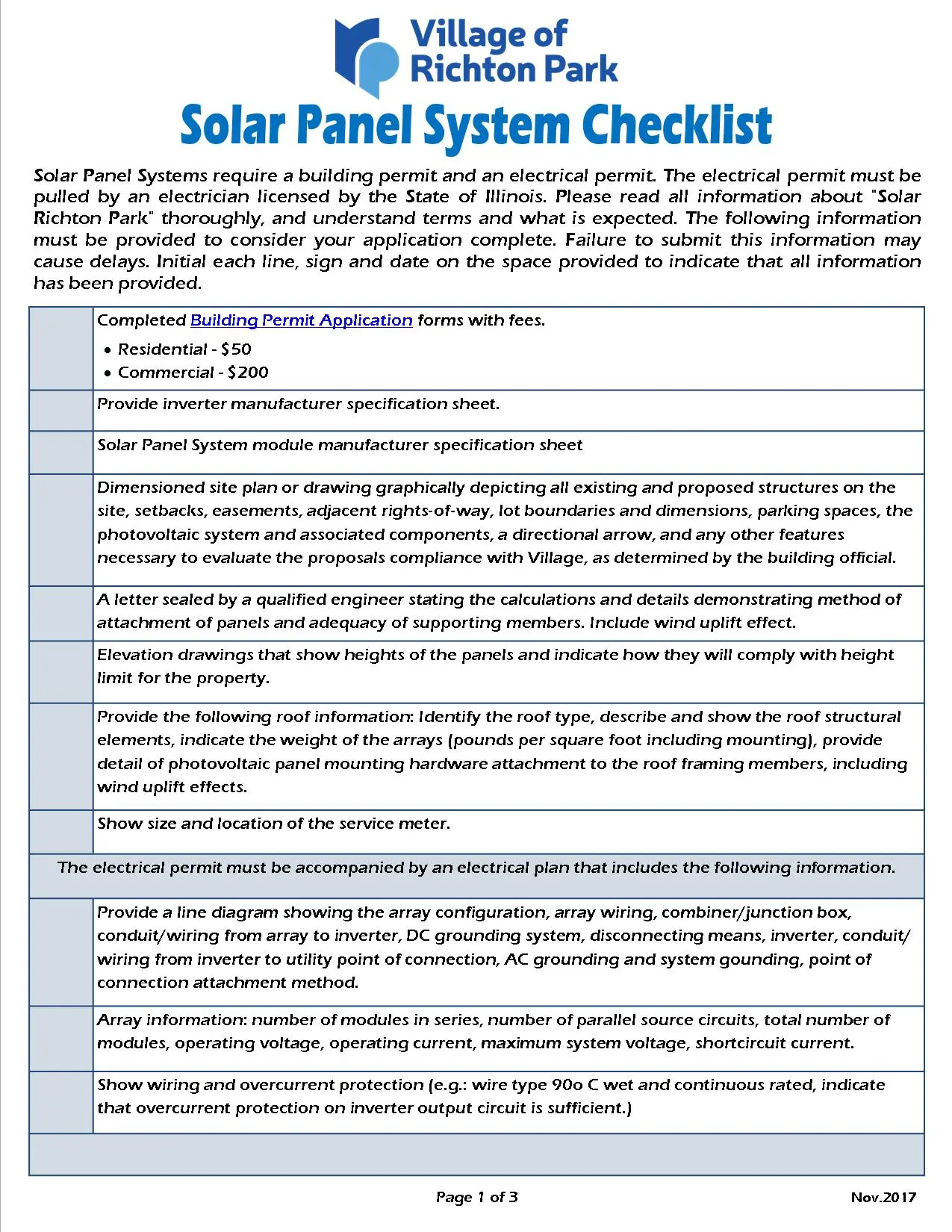
It’s one crucial step that separates the process of solar panel installation from the electricity harness. Once the system passes the final inspection, you can finally start using it.
The Chicago Department of Buildings will schedule a final inspection to verify the precision of the installation of the solar system. The inspector will examine it for proper mounting, electrical connections, safety features, and compliance with city regulations.
You’ll also see a utility inspection from a ComEd representative to ensure the interconnection with the grid meets their safety standards.
If inspectors find an issue with the solar panel installation, they’ll report it to the solar company. Later, installers will resolve this issue and invite the inspector again. Once evaluators approve the system, you can activate it!
System Activation and Monitoring
It’s the last step in solar panel installation in Chicago. The solar team double-checks the system again and activates it. If you choose a grid-tied or hybrid-tied system, you will use a net metering device that ComEd installed in the previous stage.
We recommend picking an advanced monitoring system that allows you to track all system parameters in detail. That way, you’ll know all the details about your solar energy generation and will be able to identify potential issues beforehand.
Wrapping It Up
Transitioning to solar power may seem complex, but you can navigate the process of solar panel installation with a reputable company. The installers will design and install a system that suits your needs and budget. They will get all permits from local authorities and reputable providers. All you need to do is provide them with your wishes.
Ready to explore the possibilities of solar power for your home? Don’t waste another second—get your free solar quote right away!
FAQ
How are solar panels installed?
Each solar installation consists of solar assessment, design, permitting, and the actual mounting process. After that, city and utility officials inspect the solar site to ensure the system meets safety codes. Once authorities approve the system, solar installers activate it.
How to install solar panels step by step?
You can’t install panels on your own since you need a certified installer team to mount panels and get all approvals. These experts will evaluate your solar needs, design a suitable system, and gather permits from local authorities and a utility provider. They install panels, inverters, and batteries. After that, authorities will check your property, and the team will activate the system.
How long does solar installation take?
The actual installation takes 1-5 days. Meanwhile, the permitting and approval process may take weeks. It’s safe to take 2-3 months as an estimation period between assessment and system activation.

